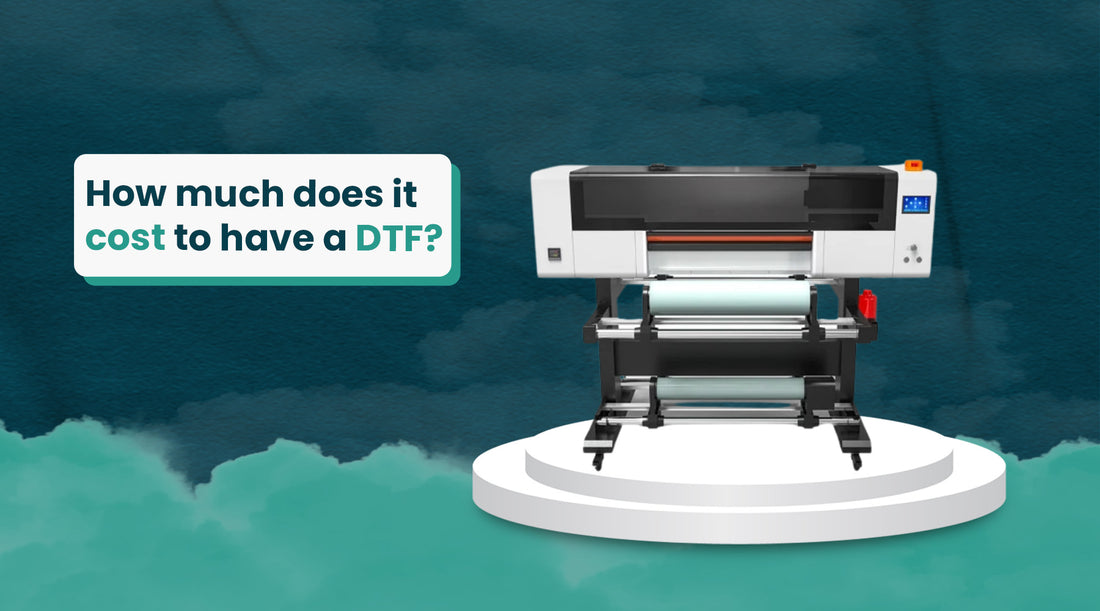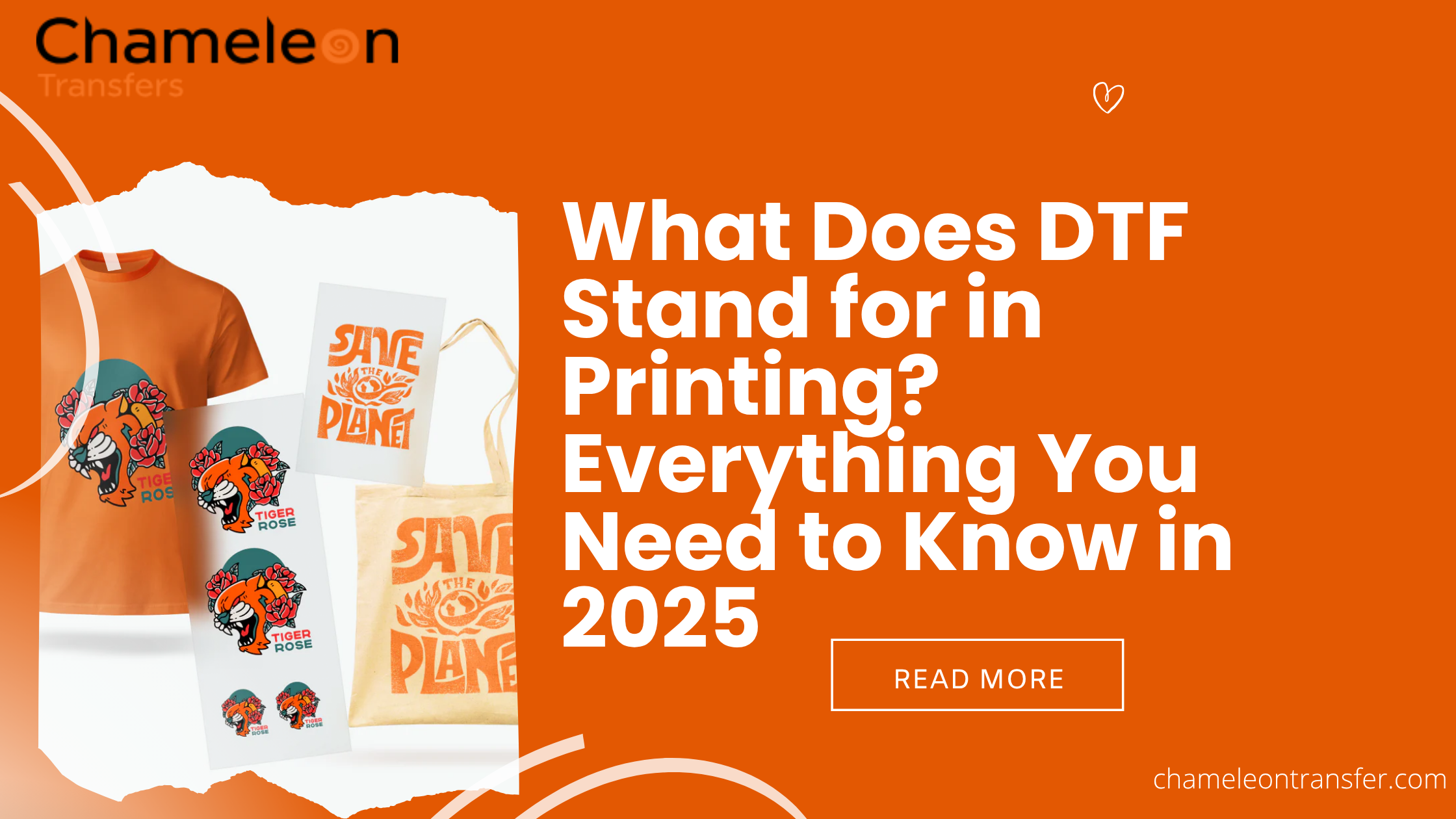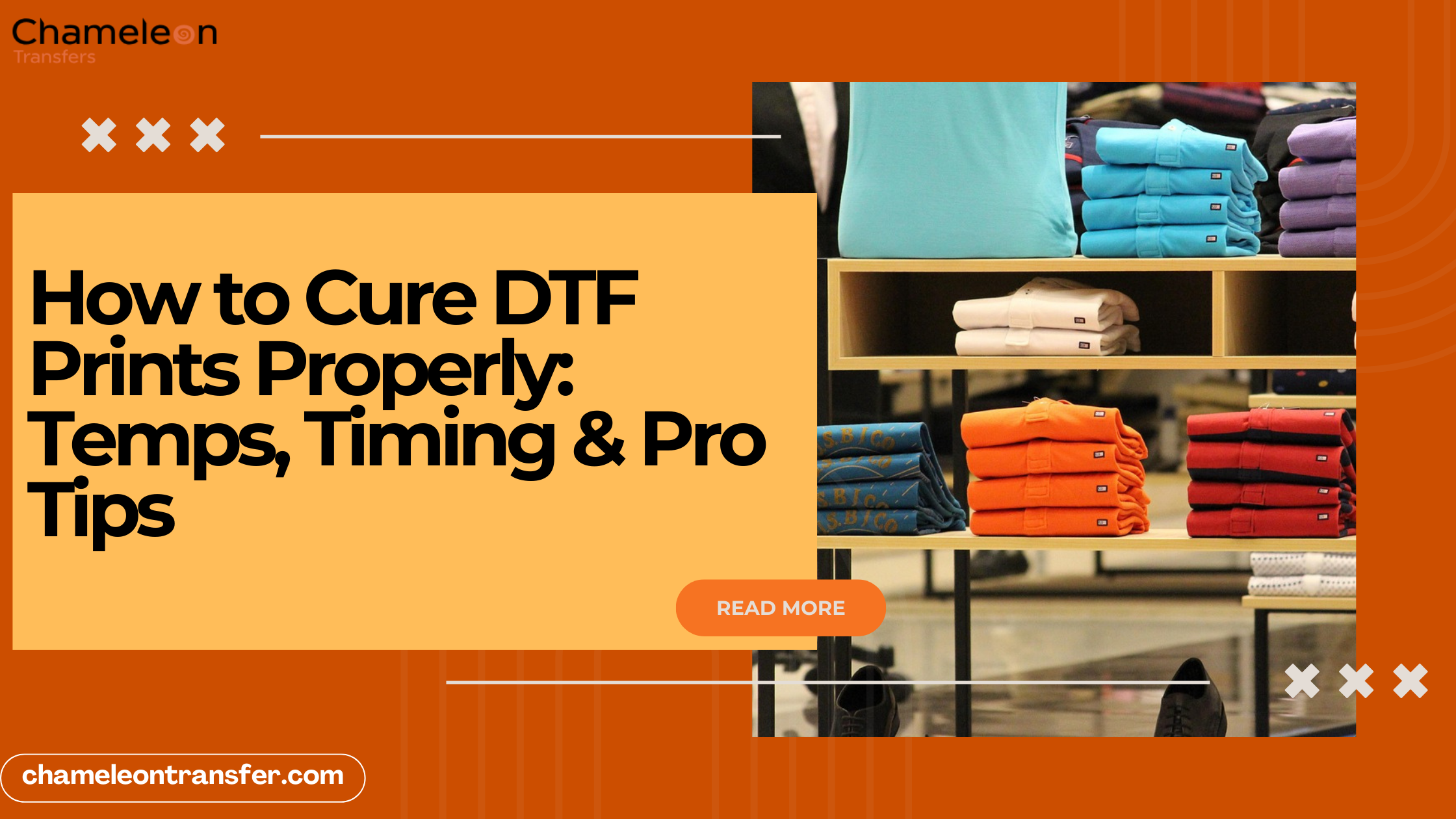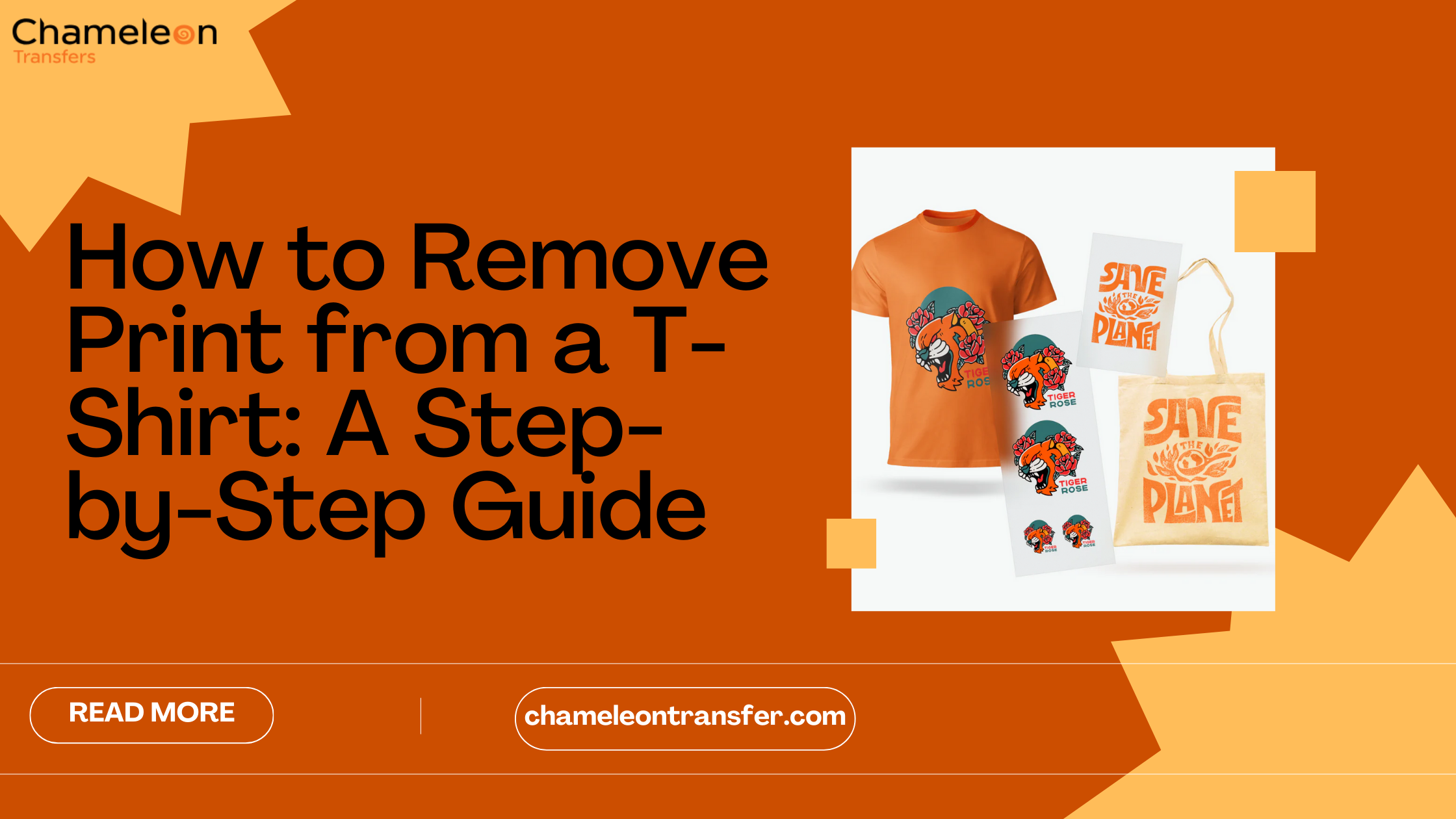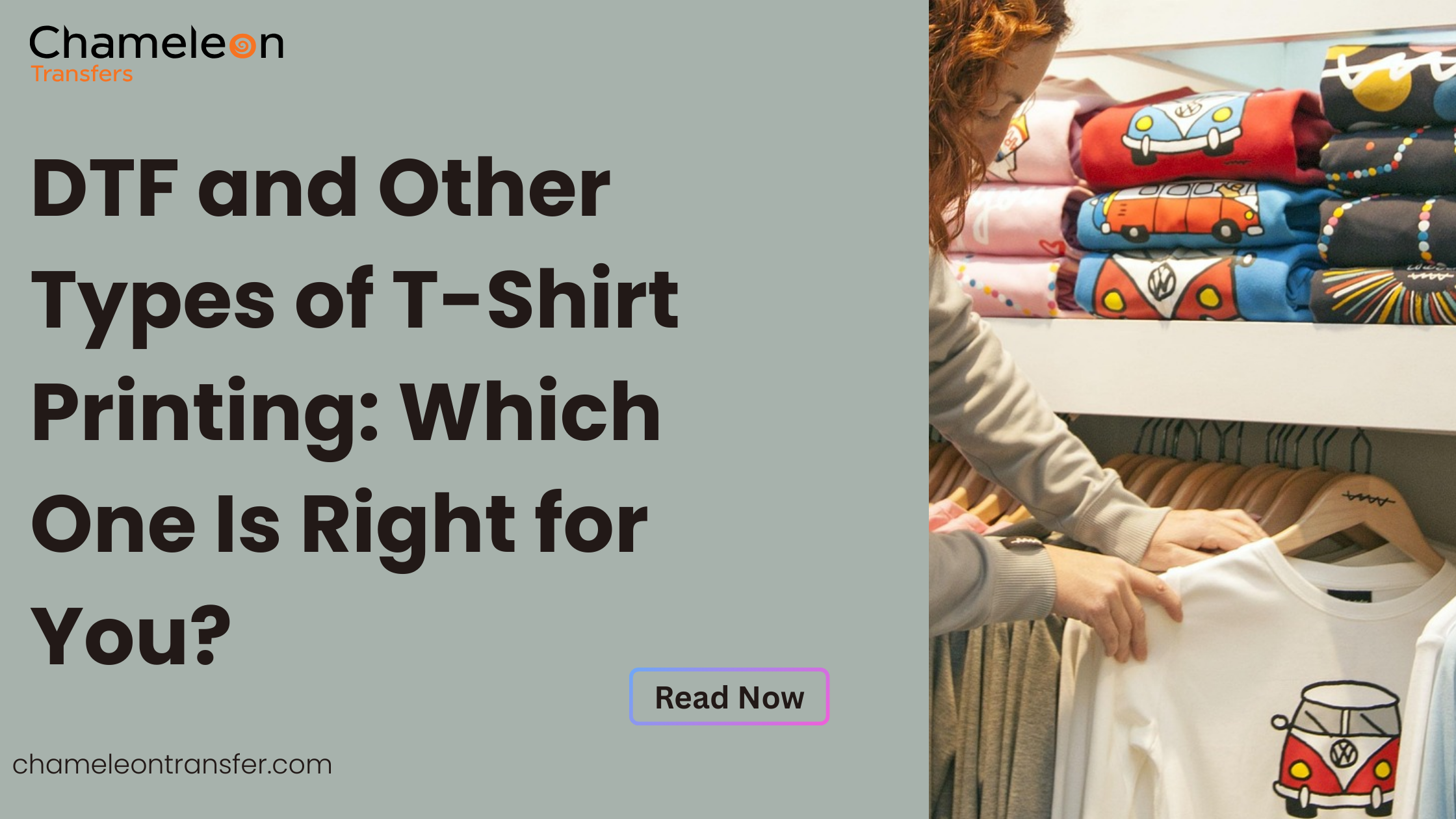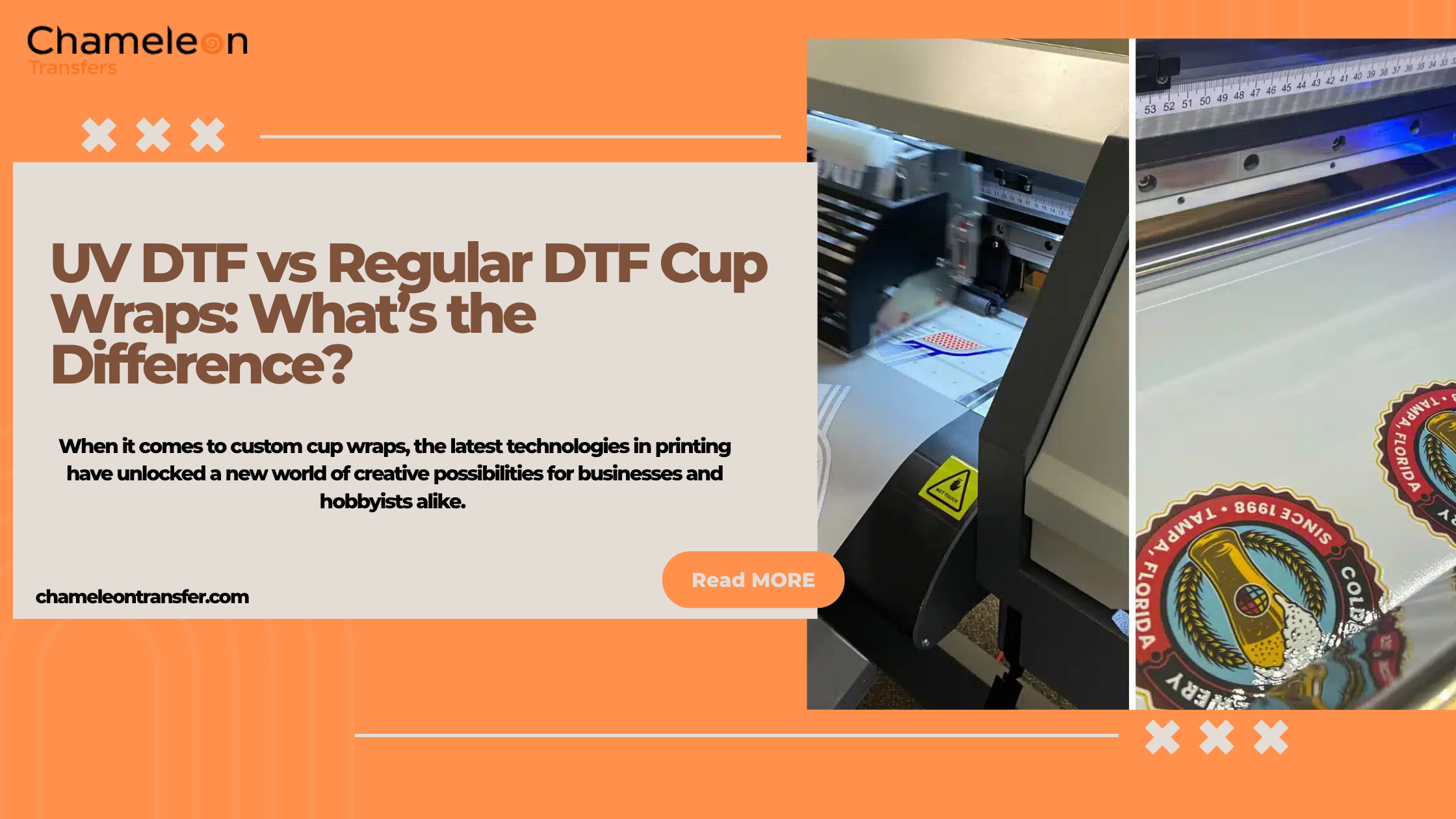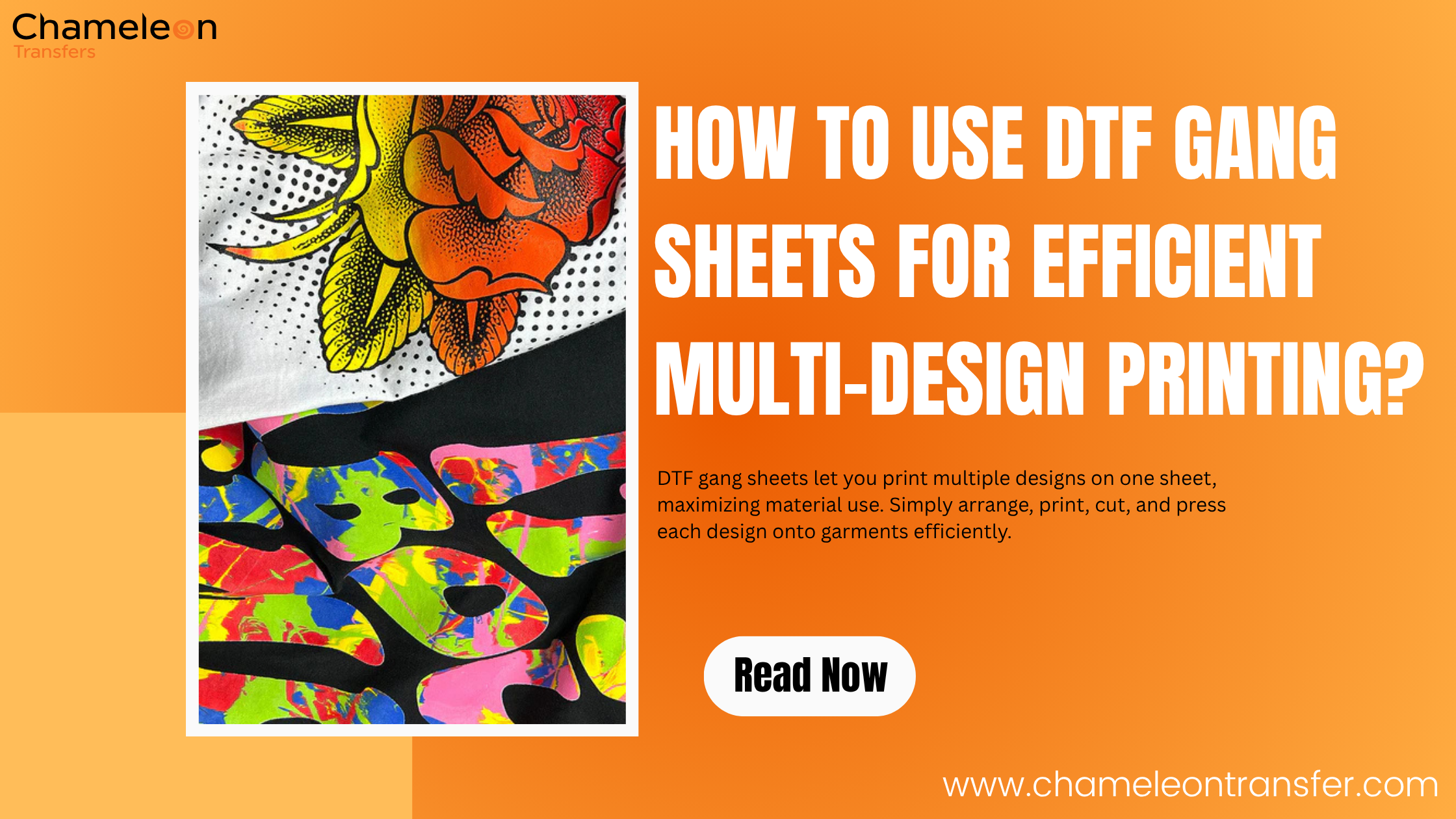With the help of the latest printing technologies, we have gotten the great advantage of printing our curious designs onto different products. However, how we choose the printing method can seriously impact the final product, and it is just like picking the right coffee blend. The right choice does make all the difference between a great day and a… well, you get the idea right?
Well currently there are two giants in the printing industry, and the battle is going on between DTF printing vs screen printing. Surely both are awesome for customizing everything, from apparel and promotional supplies to special gifts for your loved ones. But it can be a hard call to make to choose between the two and figure out which one would be better for you.
Screen printing vs DTF for Small Businesses: Which one wins?

If you are a small business owner, then there must have been a day when you debated about Direct-to-film vs traditional screen printing. While both of these printing methods come with their benefits, which one is the Best print method for T-shirts?
Screen printing is ideal for those who produce high-volume orders with simple designs. This offers a durable print with rich colors, especially on the cotton polyester blends. However, screen printing requires a big setup, and the printing process for each can be time-consuming for small businesses especially. Plus, screen printing sheets are needed for each color, which increases costs for smaller runs.
When you are comparing the costs of these prints, DTF transfers are a lot more cost-effective for smaller batches of prints. This is because there is no extra need for screens or any complicated setup. Screen printed transfers work best for large orders, where bulk production makes a lot more sense.
Cost difference between DTF and screen printing
Choosing between Direct-to-film vs traditional screen printing, all boils down to the cost difference between DTF and screen printing and your specific needs. Screen printing is perfect for high-volume printing techniques, offering a low cost per unit for large printing orders but with high set-up fees, which can be a bummer for a lot of small business owners.
In contrast to screen printing, DTF printing is cost-effective for smaller runs, with no setup fees and faster printing processing, it makes it ideal for small business owners or personal projects.
The debate that has been constant in the digital printing space between dtf vs screen print transfers centers around the level of detail and quality of the print. DTF creates vibrant colors, and soft prints which are ideal for detailed designs or photorealistic images. Screen printed transfers, while amazing for very large quantities of printing products, can lack the sharp detail and richness that the DTF promises to deliver. Another point that we can note is that clear film screen print transfers do require a lot of preparation and are much more suited for bulk runs.
So, is DTF better than screen printing? It depends actually, if you are more focused on high quality prints and need more flexibility, then DTF is your best bet.
For top-tier DTF transfers, look no further than Chameleon Transfers. We offer premium quality products with wholesale prices, one-day processing, and no minimum order. Whether you need screen printed transfers or DTF vs screen print transfers, we provide the best solutions for your printing needs, quickly, affordably, and with outstanding quality.
Also Read: DTF Printer Conversion: Everything You Need to Know
Print Quality Comparison: DTF vs Screen Printing

We have talked about the better choices for small businesses, and the cost difference between them, but how do these technologies compare when it comes to print quality? In the DTF vs screen print debate, we will know the difference between DTF and screen print in terms of durability, design detail, and overall finish. traditional screen printing uses stencils and ink to craft designs on the product.
First off, the DTF transfer process is a new technology where the detailed designs in printing are applied on a special film and then it is transferred onto silk screen tees fabric. In contrast,
One major perk of DTF printing is that it uses eco-friendly printing methods. This printing process uses a lot less water and chemicals than traditional screen-printed transfers. This makes it a lot more sustainable option for printing. Additionally, DTF and screen printing both have their place, but DTF is cost effective for smaller print jobs since it does not require the creation of separate screens. It is ideal for printing color designs in smaller batches, unlike screen printed transfers.
Screen print holds up pretty well over time, especially for silk screen tees which are worn and washed regularly. The ink in clear film screen print transfers can feel to wear out a little faster, but DTF prints are more durable
Conclusion
In conclusion, DTF Transfers outshines screen printing when we seek versatility, cost-effectiveness, and exceptional print quality. If you are a small business owner, or working on a personal project, DTF printing vs screen printing does offer a lot more flexibility which you would need for versatile colors, and intricate designs without any hefty costs or long wait times which are associated with traditional screen printing.
For those seeking the best DTF transfers, Chameleon Transfers is the ultimate solution that offers premium quality DTF printing with no minimum order, one-day processing, and wholesale prices. Be it designing silk screen tees or exploring the DTF transfer process, Chameleon Transfers offers all the printing methods that you desire to get the job done.
With the advantages of DTF printing, you will find the best print method for T-shirts which will not only save you time and money but will also elevate the overall quality of your prints. When it comes to screen print vs DTF, choosing the best printing method for apparel has never been easier.
FAQs
Q. Can I use DTF or screen printing on all types of fabric?
DTF works on cotton, polyester, and blends, screen printing works on cotton and polyester blends.
Q. Is DTF more environmentally friendly than screen printing?
Yes, DTF is more eco-friendly as it uses less water and chemicals than traditional screen printing.
Q. How durable is DTF compared to screen printing regarding washing and wear?
DTF prints are generally more durable than screen prints, holding up better to washing and wear over time.
Q. How does the feel of DTF print compare to screen print?
DTF prints have a softer feel than screen prints, which can sometimes feel thicker or more rigid.
Q. What's better, screen print or DTF?
DTF for small runs, intricate designs, versatility, and screen printing for high volume with simple designs.
Q. Can DTF replace screen printing?
DTF can replace screen printing for small to medium runs, especially for detailed and multi-colored designs but screen printing still wins in large orders.
Q. Does DTF last as long as screen printing?
DTF prints are more durable and long-lasting than screen prints especially when it comes to daily washing and wear.
Read More Blogs Here:
